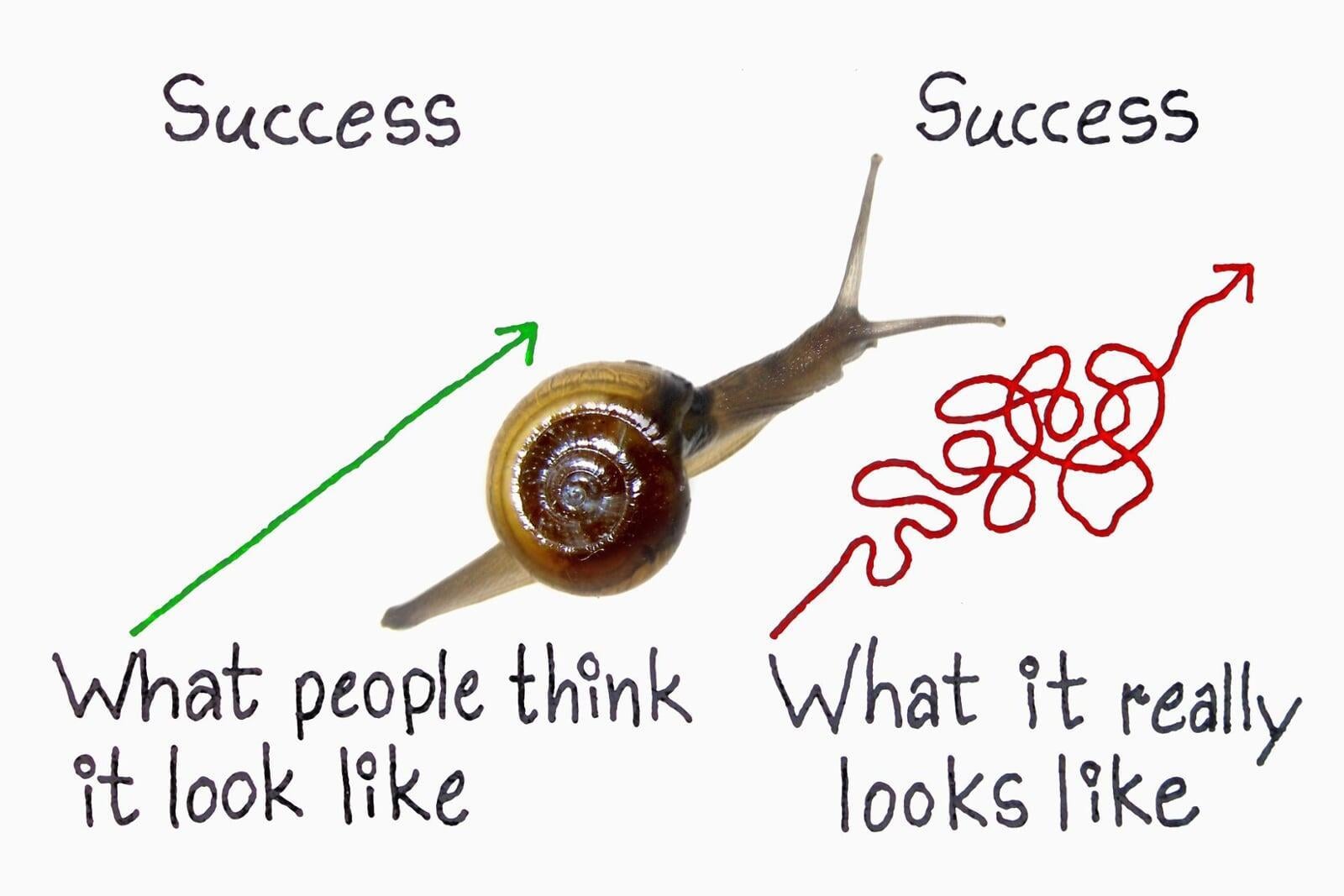Post four of a series of five in which we focus on how to implement and maintain a lean, functional CRM. Five simple rules to set you up for an effective customer relationship management system that will provide you lasting benefits. We have addressed how to keep the system simple and consistent, and how to keep the users engaged. Today we discuss how a choice of success metrics can influence the value of the generated data in the CRM system - for better, or for worse.

Rule 4: Keep it real
Data is the Achilles Heel of the CRM implementation. The adage “garbage in equals garbage out” is not without merit. Mostly when people refer to this principle, they refer to the process of data cleansing prior to importing it into the CRM. Whilst this remains an important step in the CRM implementation, it is only the start. The data generated in the CRM system has the propensity to deteriorate over time (like the 2nd law of thermodynamics applies to CRM as well). And this does not only apply to the master data records, like contacts and accounts, but also (or maybe especially) to the transactional information within the system, such as customer interactions, support calls, and sales pipelines.
In particular the sales pipelines deserve special attention. The data in the pipeline is valuable for the sales team to assess how the customer buying process is aligning to the sales process and what strategies to deploy. It keeps the team focused on a single story. Taking a wider view, to the sales management aspect, and the inconsistencies in data become apparent in the lack in ability to accurately forecast. This is addressed under “consistency”, but it should also be noted that not only does your CRM system setup (i.e. the ease of following process) influence this, you should take a close look at how sales people are incentivised. The structure and targets of incentives may drive. undesired behaviours. For example, if there is a ceiling for attained target that resets after a set period (monthly, quarterly, or yearly), the savvy sales person will maximise the bonus by dragging orders out to the next period. Similar behaviour occurs when the targets for the next year are based on the current year results – making the next year harder to attain target than the current if the sale is booked this end of the financial year.

Realistic data is obtained and maintained by incentives that reward the reflection of customer demand. For example – complex deals that go from qualified straight to closed after a long time in the qualified stage are not representing the actual sales effort involved. Or deals that remain in the pipeline after the customer buying signals indicate that they have been lost (i.e. unrealistic budget expectations), could be a sign that the sales person is keeping up relevance whilst delaying the apparent pressure to find replacement deals to fill the pipeline. Another example is a big deal that seems to come out of the blue – a blue bird – which seemingly defies the odds by going straight to a win without it hitting the forecast. Exceptions are there, but also extremely rare.
Incentives drive the sales persons behaviour. The savvy sales person (let's face i, you're not going to be successful by hiring other than savvy sales people) will maximise reward for minimal effort (LESS, or Least Effort Sales Success can be warped into LESseR - Least Effort Sales Reward). In the game of sales, it is about success, and incentives quantify success with rewards - therefore, reward equals success. Incentives need to be carefully constructed in order to generate the desired behaviour. A few examples are given here, but by no means is an exhaustive list, nor should they be incorporated without further analysis. An option is to incentivise early qualify out, or demerit a disengage after a long period within a stage in the pipeline (the demerit should be lower than the potential reward for closing, keeping that option as most desirable). Another option is to reduce the bonus on deals that have not been forecasted. There are many options and combinations for building a merit-based incentive plan. It does require thorough analysis of your current sales cycles, and the effects that certain actions have on the sales cycle of individual deals, as well as on the overall growth and ability to forecast (growth without forecast could be accidental, not planned).
